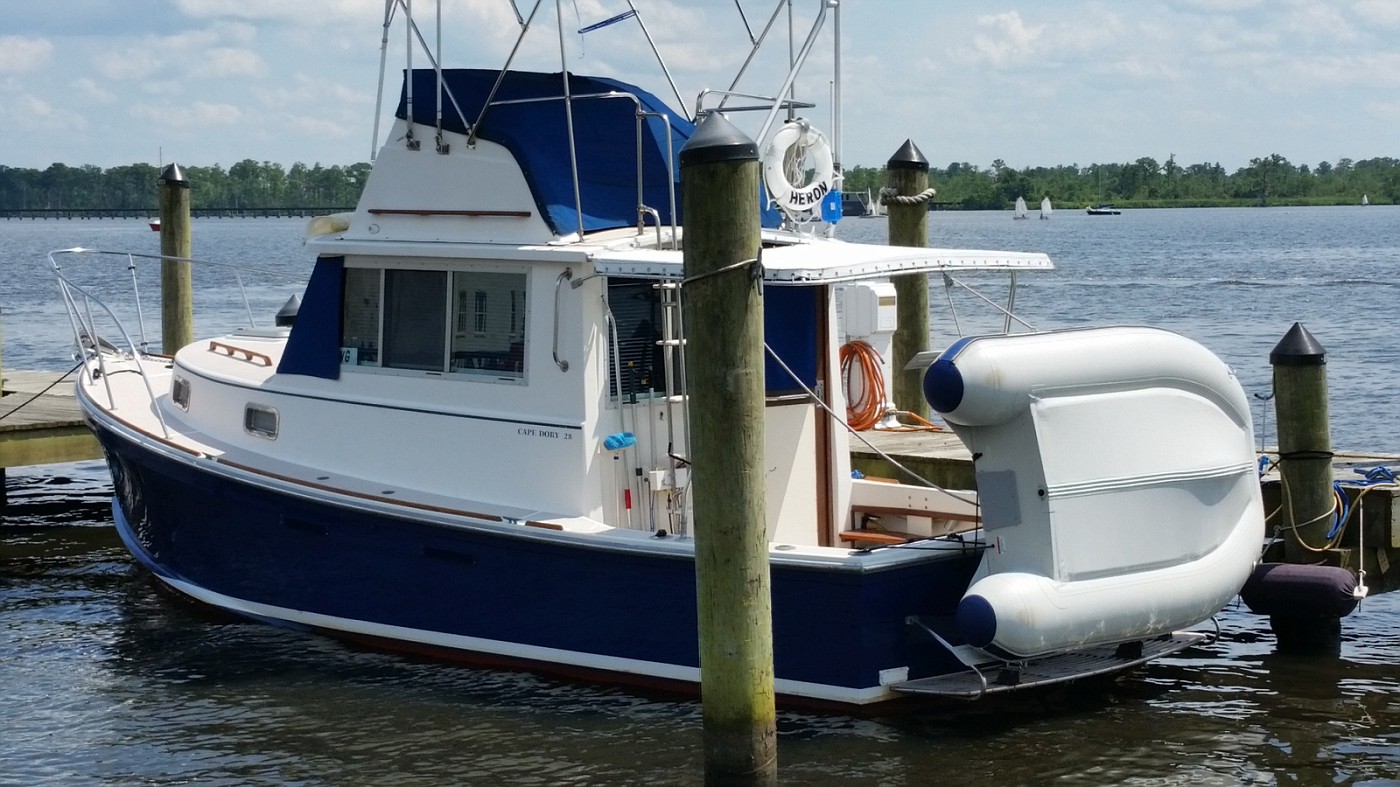dhays
Guru
- Joined
- May 26, 2015
- Messages
- 9,045
- Location
- United States
- Vessel Name
- Kinship
- Vessel Make
- North Pacific 43
Dave, I don't think your issue is totally related to weight on the stern. I think it is a function of speed. You are right at the speed where the dinghy wants to plane. If you could go 11 knots or more, your dinghy would probably pop right out of the water and happily glide along on plane.
With that said, going from an 8hp to a 25hp would not increase your weight greatly....at least I don't think. Especially if you could find a used two stroke...which is likely similar in weight to your 8hp four stroke.
You could be right about the speed. I never thought of that.

 on the tiller and wife forward of the seat and a 6 gal tank mid ship. Needs maybe 1/2 + throttle to stay up. 26 mph with both of us aboard in flat water.
on the tiller and wife forward of the seat and a 6 gal tank mid ship. Needs maybe 1/2 + throttle to stay up. 26 mph with both of us aboard in flat water.